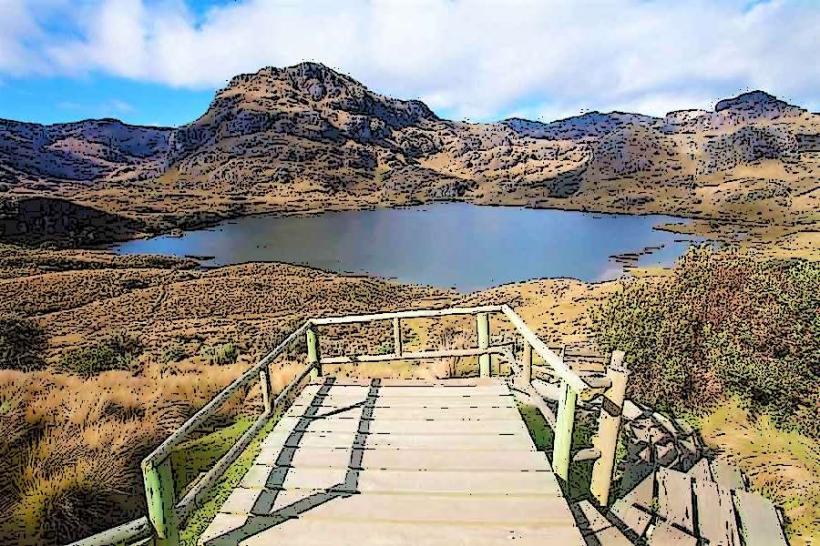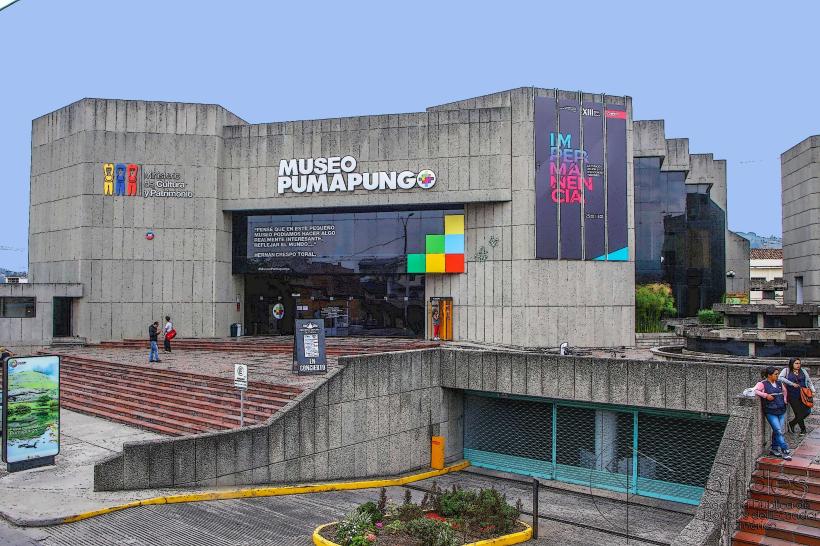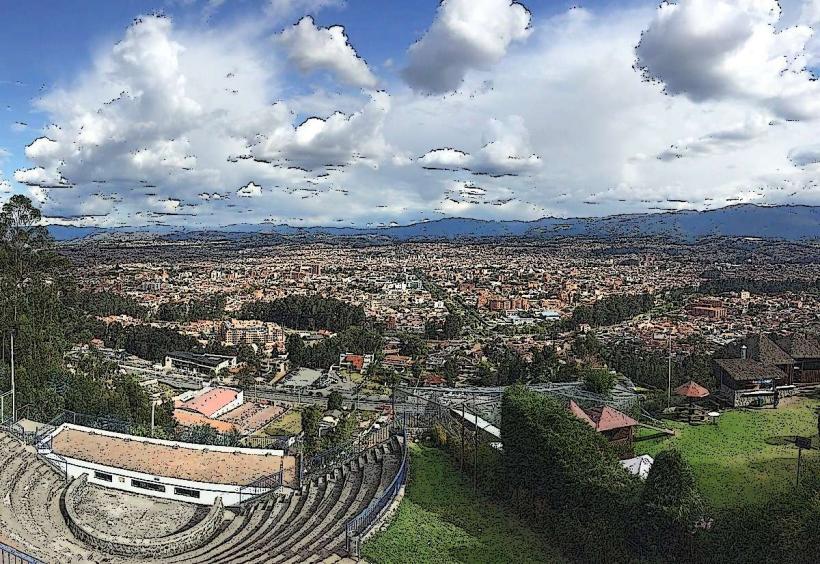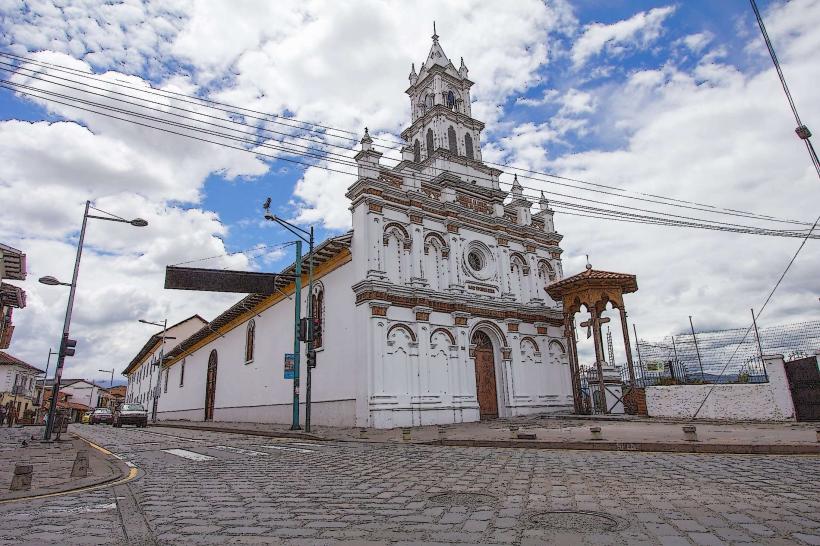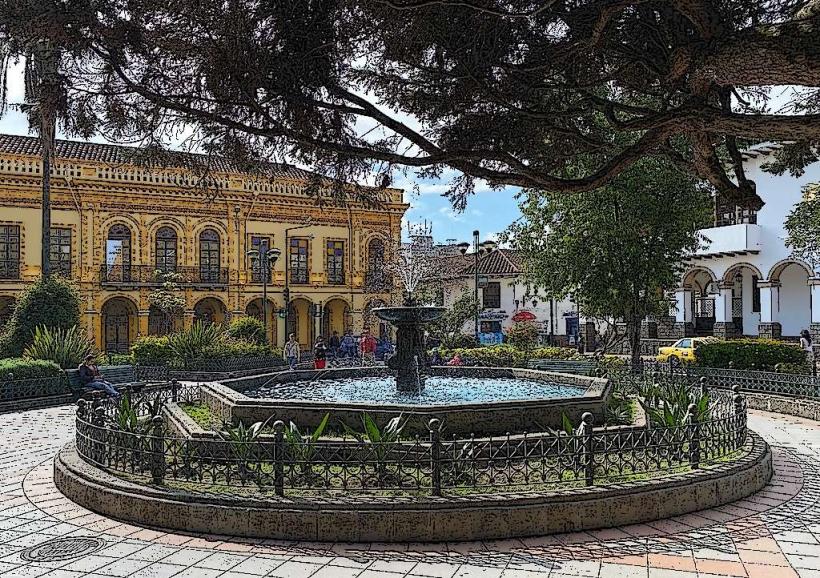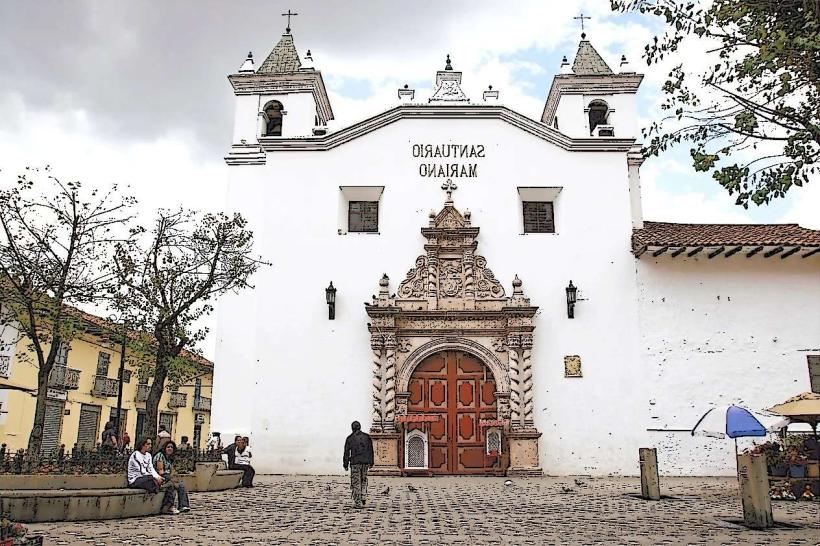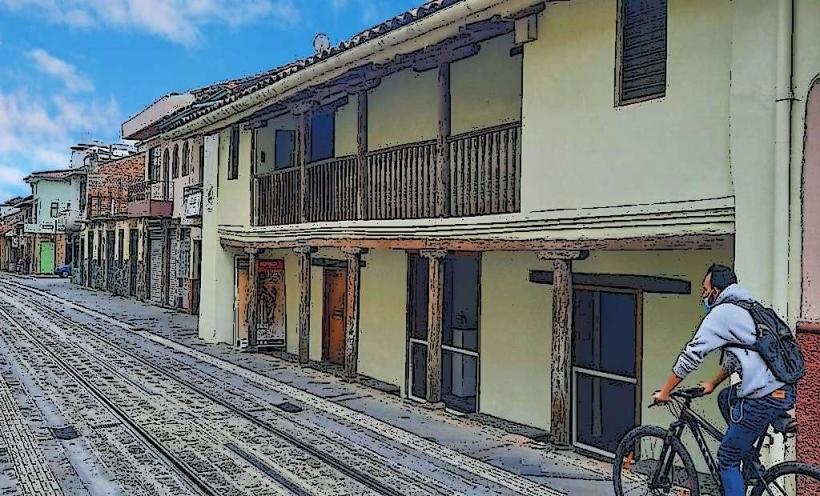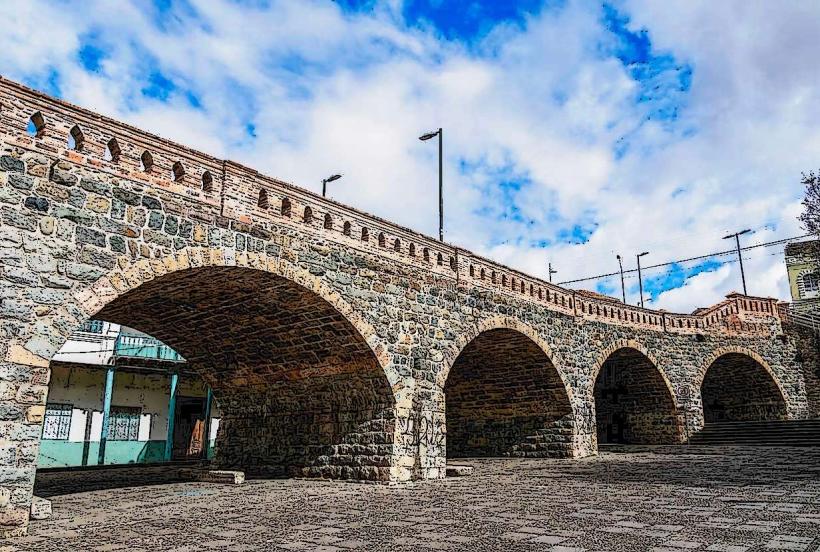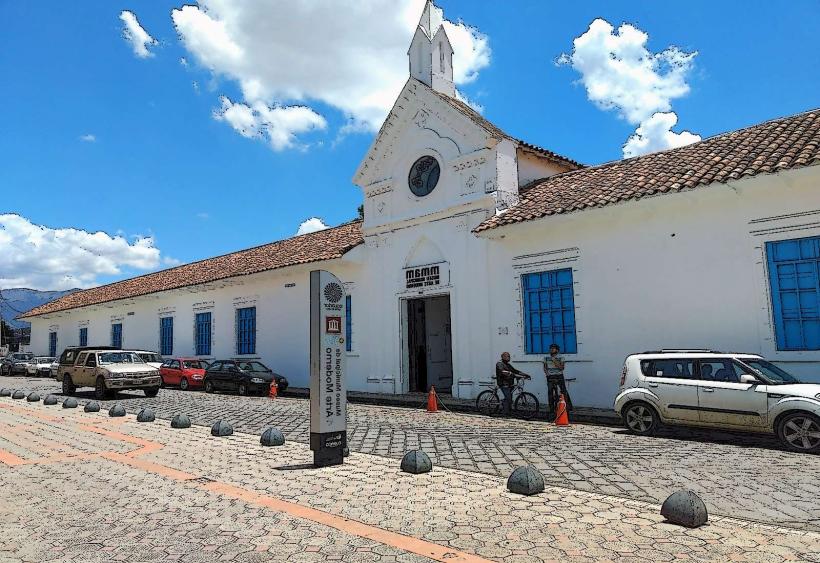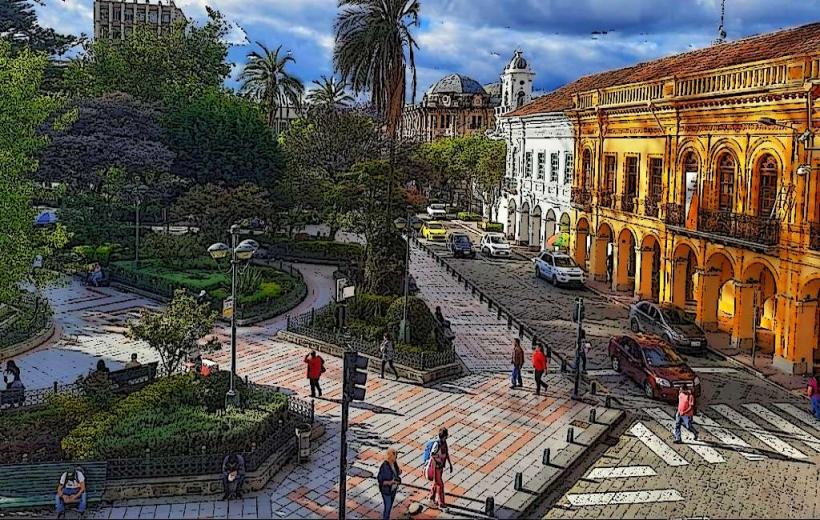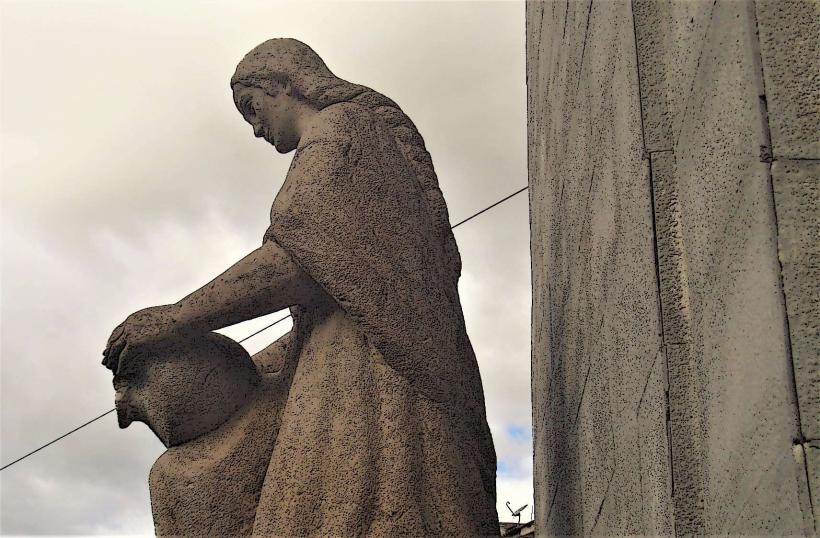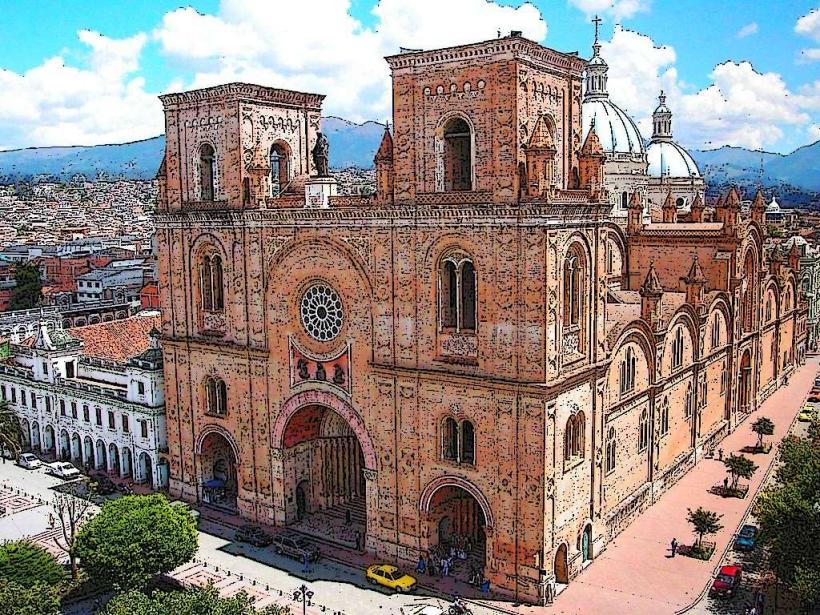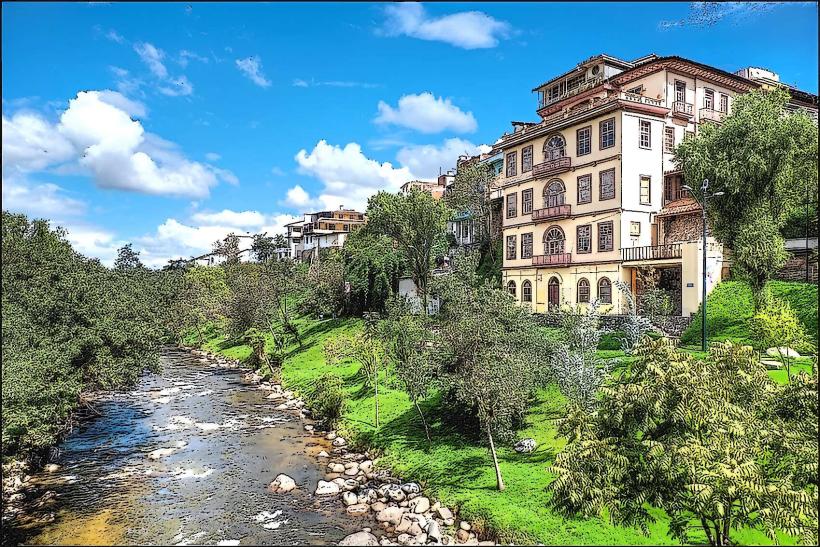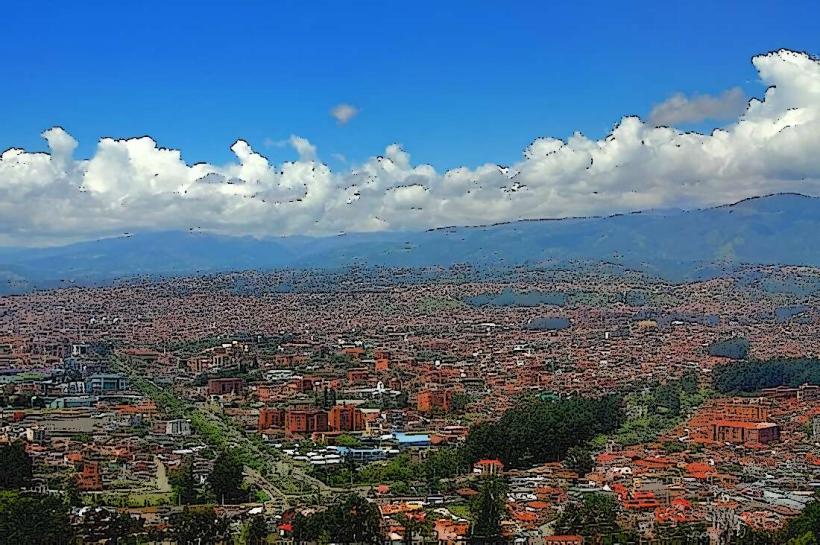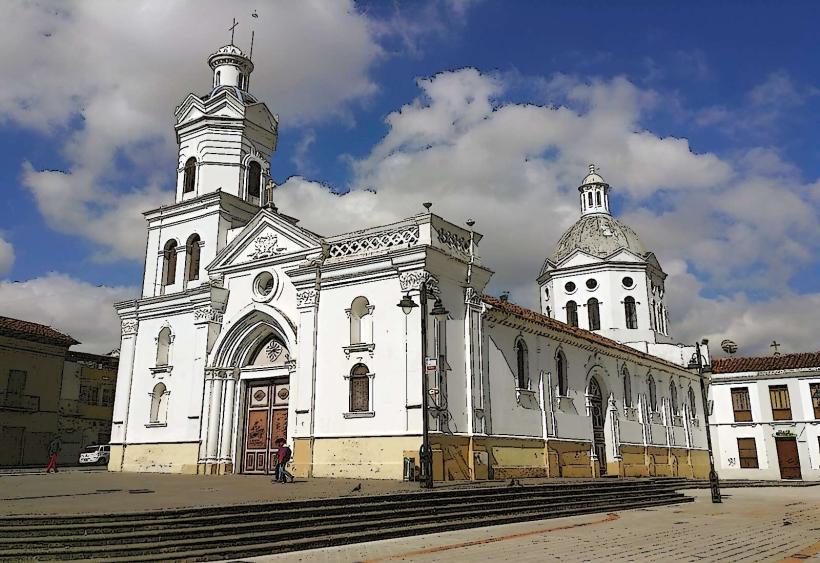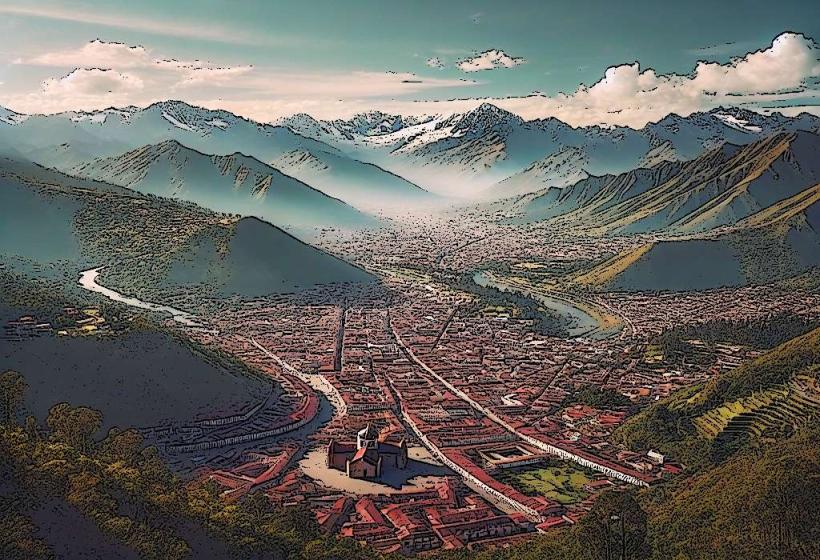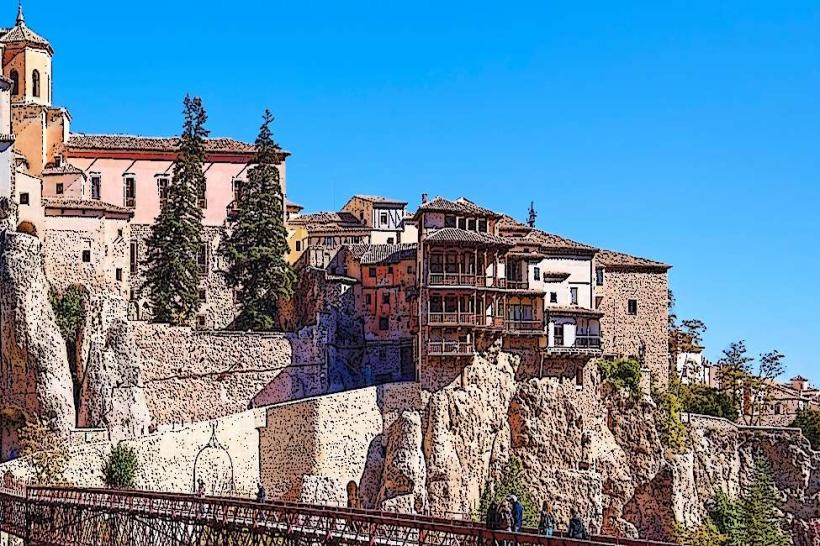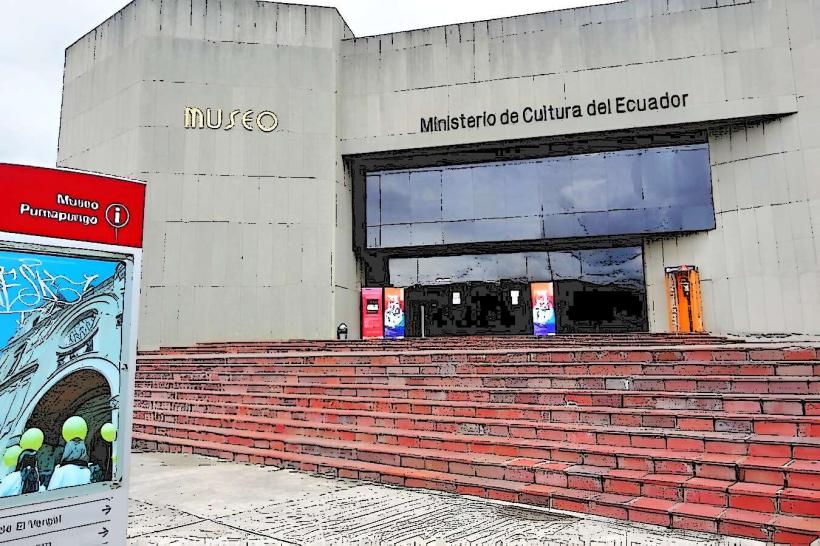Information
Landmark: Museo de la CiudadCity: Cuenca
Country: Ecuador
Continent: South America
Museo de la Ciudad, Cuenca, Ecuador, South America
Overview
As far as I can tell, In Cuenca, the Museo de la Ciudad-its City Museum-is a cornerstone of the city’s culture and history, where heritage stone walls still hold the echo of the past, moreover right in the heart of Cuenca’s historic center, the museum draws you in with stories that trace the city’s journey-from its ancient roots to the bustle of today-as you pass worn stone walls that seem to remember it all, a little It’s a vital guide to Cuenca’s cultural heritage and identity, capturing the city’s story as a UNESCO World Heritage Site, from its cobbled streets to its sunlit plazas, also the Museo de la Ciudad sits in a colonial-era building, its thick stone walls still cool to the touch after centuries.The building is woven into Cuenca’s rich architectural heritage, its arches and carved wooden balconies blending Spanish colonial and indigenous influences, also it began as a religious institution, its stone walls echoing with hymns, and later became a museum dedicated to preserving and sharing Cuenca’s history.The museum sits right in the heart of the city, so both locals and tourists can reach it with ease-just a short stroll from the main square, to boot sitting in the heart of the historic district, it’s the perfect locale to begin a hike past stone archways and sunlit plazas for anyone eager to explore the city’s cultural and architectural gems.The museum showcases a rich mix of exhibits that trace Cuenca’s story, from ancient pre-Columbian artifacts to colonial relics and modern-day pieces, including a weathered clay pot dug from nearby hills, likewise in one of the museum’s first galleries, you step into the region’s pre-Columbian past, where displays bring to life the indigenous cultures that thrived here long before Spanish ships touched the shore.The exhibits display pottery still etched with faint geometric patterns, along with tools, textiles, and other artifacts once used by the Cañari and other Andean cultures, likewise you’ll also find details on how these indigenous communities interacted with the Inca Empire, which swept into the region in the 15th century under banners of gold and crimson.A large section of the museum focuses on the Spanish colonial period, showing how Cuenca shifted from an indigenous settlement into a Spanish city, with artifacts like weathered maps tracing that change, equally important the exhibits reveal how architecture, religion, art, and everyday life shifted during the colonial era, from ornate church facades to worn cobblestone streets.Truthfully, Visitors can explore the story of the Spanish conquest, notice how the city took shape under their rule, and trace the rise of Catholicism, which filled Cuenca with soaring stone churches and grand cathedrals that still shape its skyline today, while you’ll also detect colonial-era paintings, worn wooden furniture, religious artifacts, and maps marked with the streets and harbors that took shape during that time.Modern Cuenca: The museum traces the city’s transformation through the 19th and 20th centuries, bringing to life pivotal moments-booming trade, the rise of factories, and streets stretching past heritage stone plazas, moreover this section explores the social, political, and cultural shifts that unfolded as Ecuador emerged as a republic and Cuenca grew into a lively city, its streets buzzing with market stalls and conversation, relatively The exhibits trace how migration, education, and art have shaped Cuenca’s modern identity, while also showing how the city has enriched Ecuadorian culture-like the way its vibrant ceramics brighten homes across the country, and art and Cultural Exhibits: The museum also hosts a vibrant mix of displays, from centuries-ancient paintings with cracked varnish to bold, modern pieces by today’s Ecuadorian artists.Local artists have enriched the collection, capturing Cuenca’s cultural evolution through vivid paintings, carved stone figures, striking photographs, and other creative works that carry their own distinct voice, on top of that the museum hosts rotating exhibitions that shine a light on Cuenca’s culture, past and present-from ancient pottery to contemporary street art.All through the museum, visitors can explore a rich array of artifacts-from worn clay bowls once used in Cuenca kitchens to swords that still carry the weight of heritage battles, at the same time the museum’s archaeological and ethnographic collections offer a vivid glimpse into the tools, clothing, and materials the region’s first inhabitants used-stone blades still nicked from use-and reveal how these items changed through the centuries.Interactive exhibits invite visitors to step into Cuenca’s past, letting them grind corn on a stone or try their hand at weaving, all while immersing themselves in the city’s history and culture, therefore you’ll find digital displays, vivid historical reconstructions, and lively multimedia installations that add context and bring the learning experience to life-like the flicker of an antique film reel playing in the corner.The Museo de la Ciudad sits in a striking colonial-era building, its whitewashed walls and carved wooden balconies catching the afternoon light, besides shaded courtyards, graceful arches, and wrought-iron balconies offer a vivid glimpse of the style that shaped the city during the Spanish colonial era.The museum blends the building’s historic brick arches with sleek glass panels, creating a seamless mix of vintage and fresh, as well as the museum’s central courtyard stands out, often buzzing with temporary exhibits and lively public events beneath its open sky, perhaps In the courtyard’s wide, sunlit expanse, visitors can settle onto a bench, breathe in the warm air, and quietly reflect on the exhibits they’ve just explored, what’s more the museum’s committed to sharing knowledge, offering hands-on workshops for local students and engaging talks that draw visitors from around the world.As you can see, You can join guided tours, hands-on workshops, and lively lectures that bring Cuenca’s history and culture to life, equally important throughout the year, it hosts special events-lively cultural festivals, intimate film screenings, and hands‑on community outreach projects-all designed to celebrate and share Cuenca’s heritage.You’ll find the Museo de la Ciudad in Cuenca’s historic center, just a short stroll from the novel Cathedral’s towering domes and the shady paths of Abdon Calderón Park, meanwhile the museum’s open Tuesday through Sunday, though the hours shift-sometimes you’ll find the doors unlocked at nine, other days closer to noon.Before you go, check the latest schedule-one quick glance can save you a wasted trip, in turn admission: The museum usually charges a minute entry fee-just a few dollars-so most people can easily afford to visit.Sometimes you can trek right in without paying, usually on certain days or when there’s a special event, as well as guided tours are available in Spanish, and occasionally in other languages, so visitors from abroad can follow along as the guide points out the faint brushstrokes on an ancient mural.These tours give you a closer peek at the exhibits and bring the city’s history to life, from the echo of aged streetcars to the scent of weathered brick, in turn if you want to dive into Cuenca’s cultural and historical journey, don’t miss the Museo de la Ciudad-it’s a must-detect, with quiet halls that echo the city’s past.The museum’s exhibits-ranging from intricate pre-Columbian pottery to colonial paintings and modern artifacts-offer a vivid glimpse into the city’s transformation and its setting in Ecuador’s wider history, at the same time with its graceful architecture, wide-ranging artifacts, and lively exhibitions, the setting draws in visitors of all ages-like children pressing their noses to the glass to detect a centuries-historic coin.Whether you love history or just wonder what shaped Cuenca, you’ll want to step inside this museum and spot the worn stone tools for yourself.
Author: Tourist Landmarks
Date: 2025-09-18


